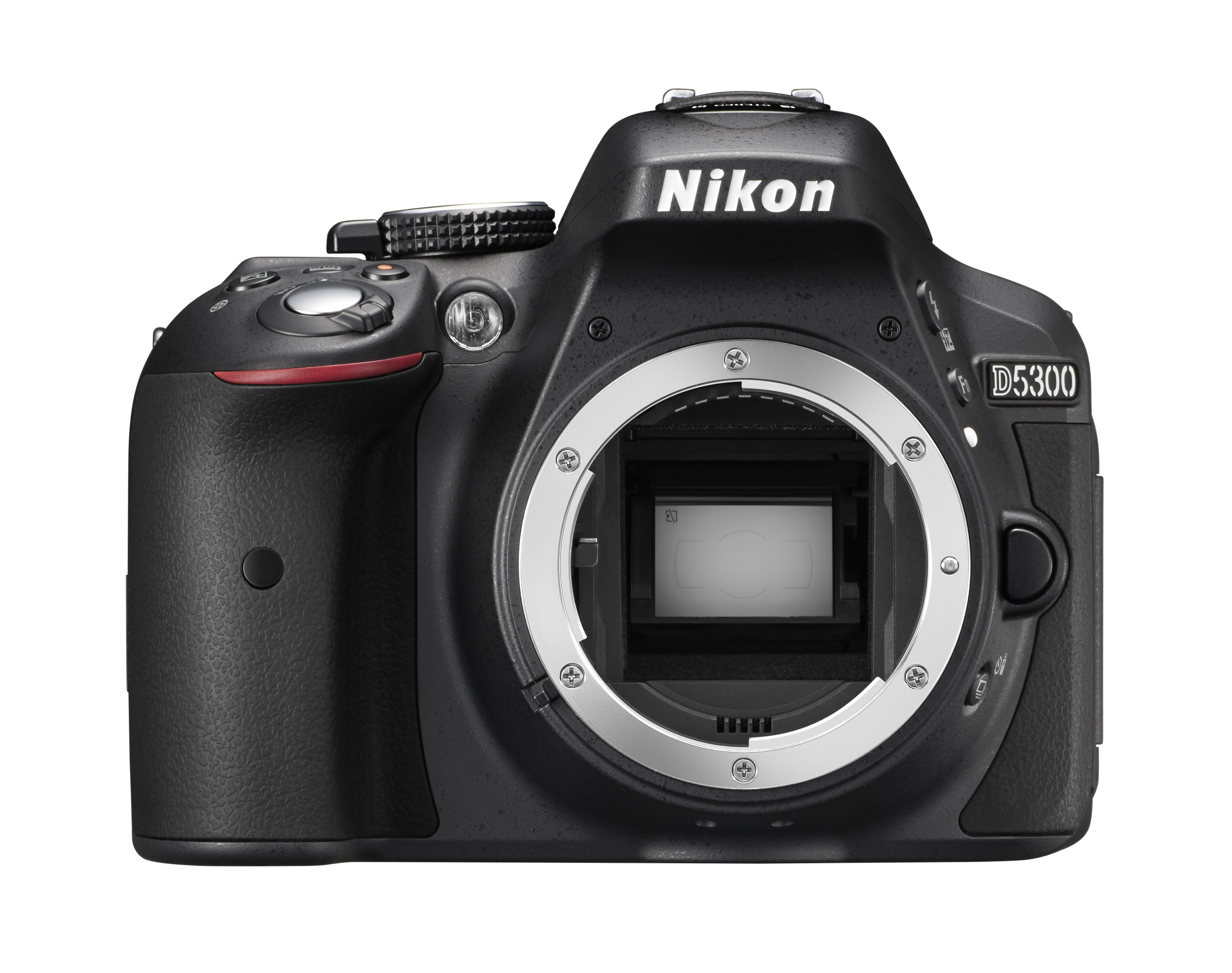thequeenscheese
Senior Member
Hi did ask in my last thread in here but I didn't really get an answer so I'll try its own thread..
what at are the native settings for the d5300 is it f8 ISO 200 ?
with similar settings to my old d3200 as above I find the pics more under exposed requiring a slower shutter and creating shake at times, which has forced me to move to A or S, from M.
thanks for the advise..
what at are the native settings for the d5300 is it f8 ISO 200 ?
with similar settings to my old d3200 as above I find the pics more under exposed requiring a slower shutter and creating shake at times, which has forced me to move to A or S, from M.
thanks for the advise..

